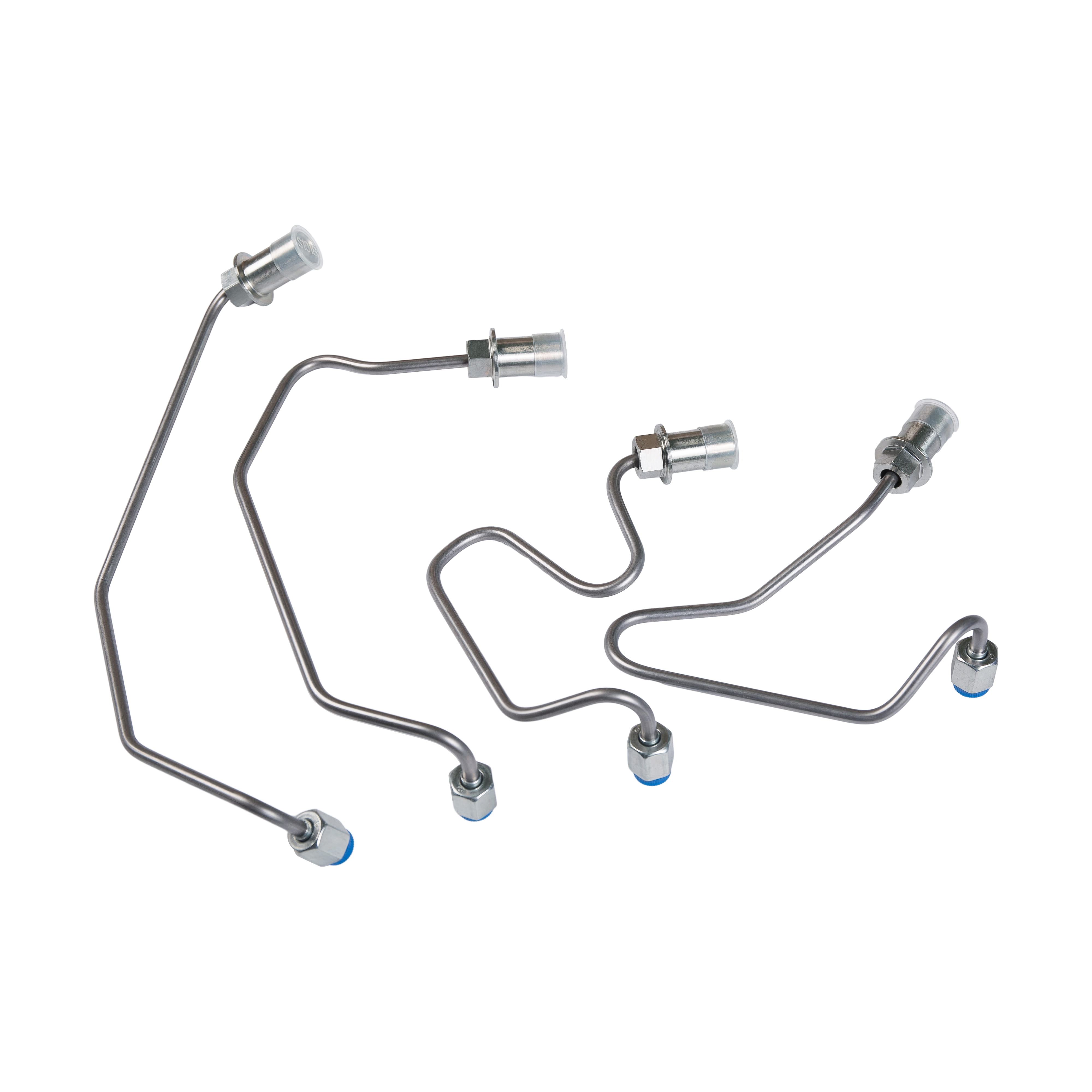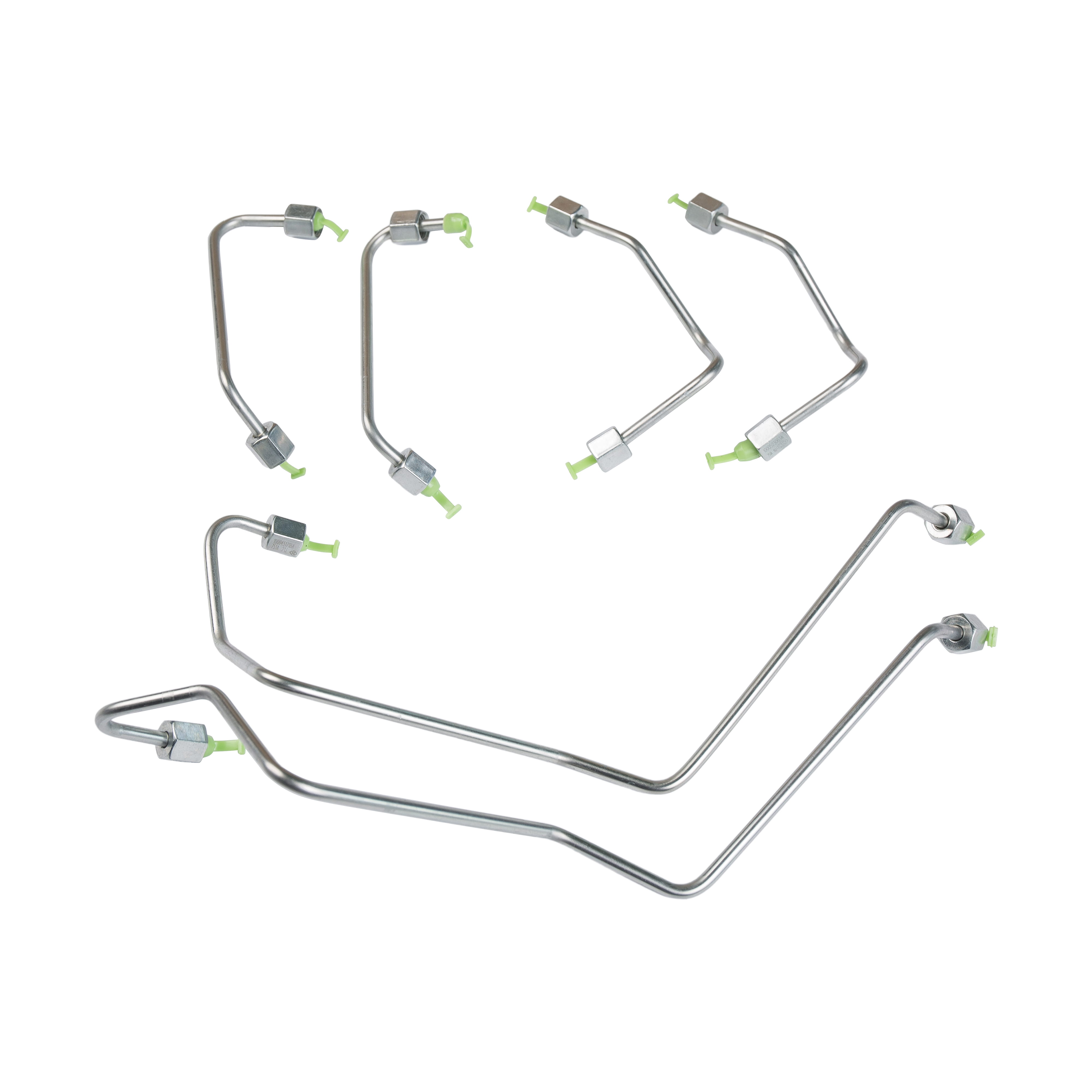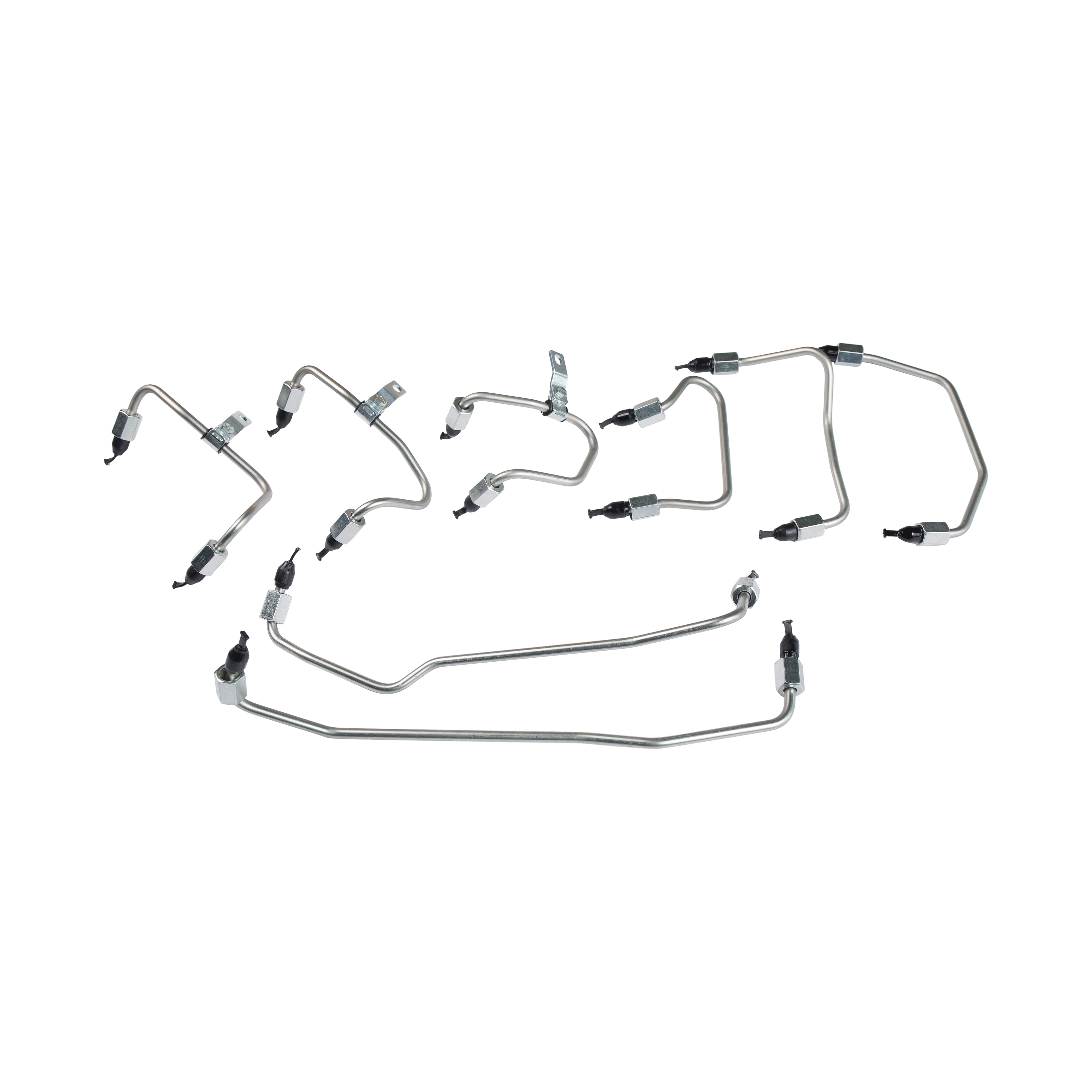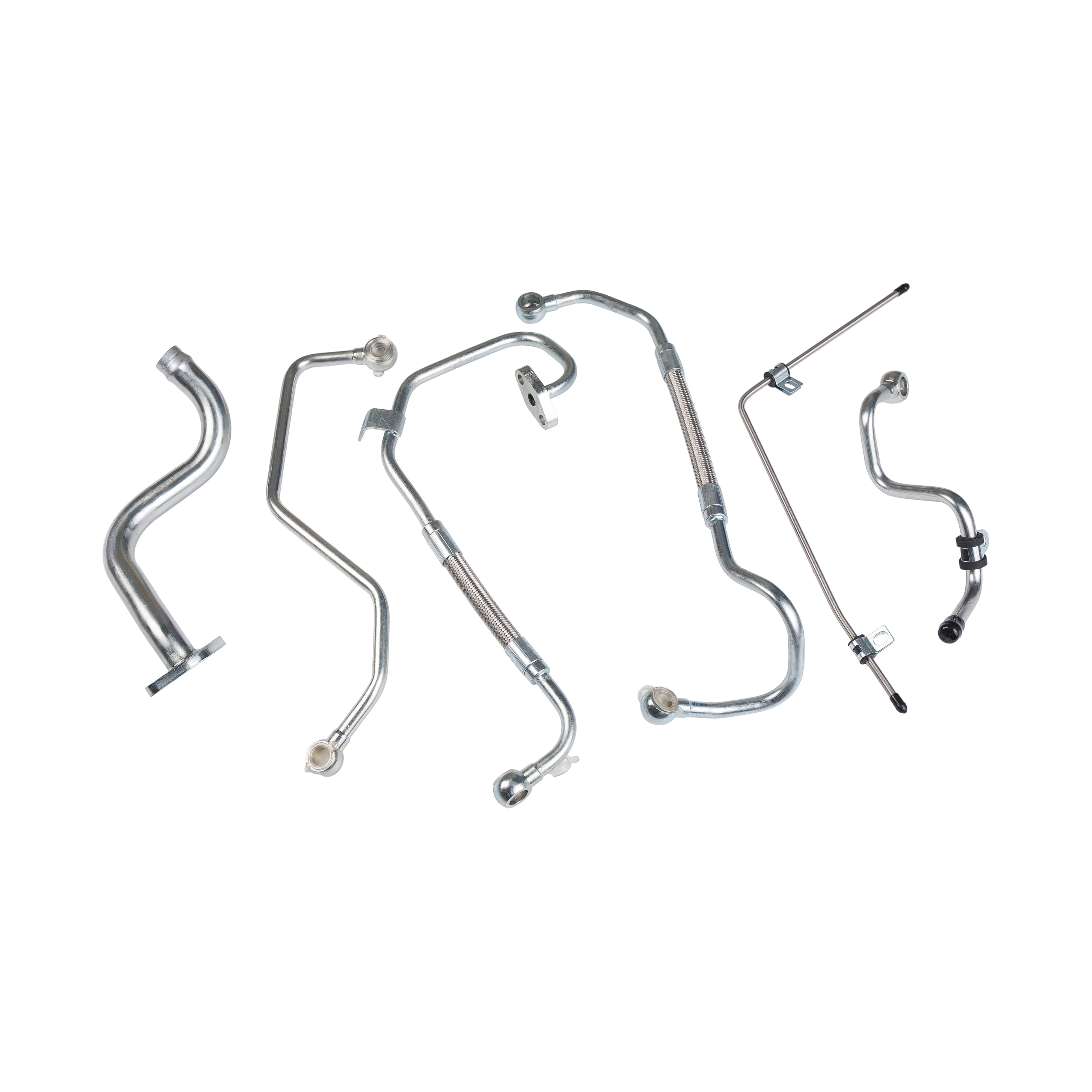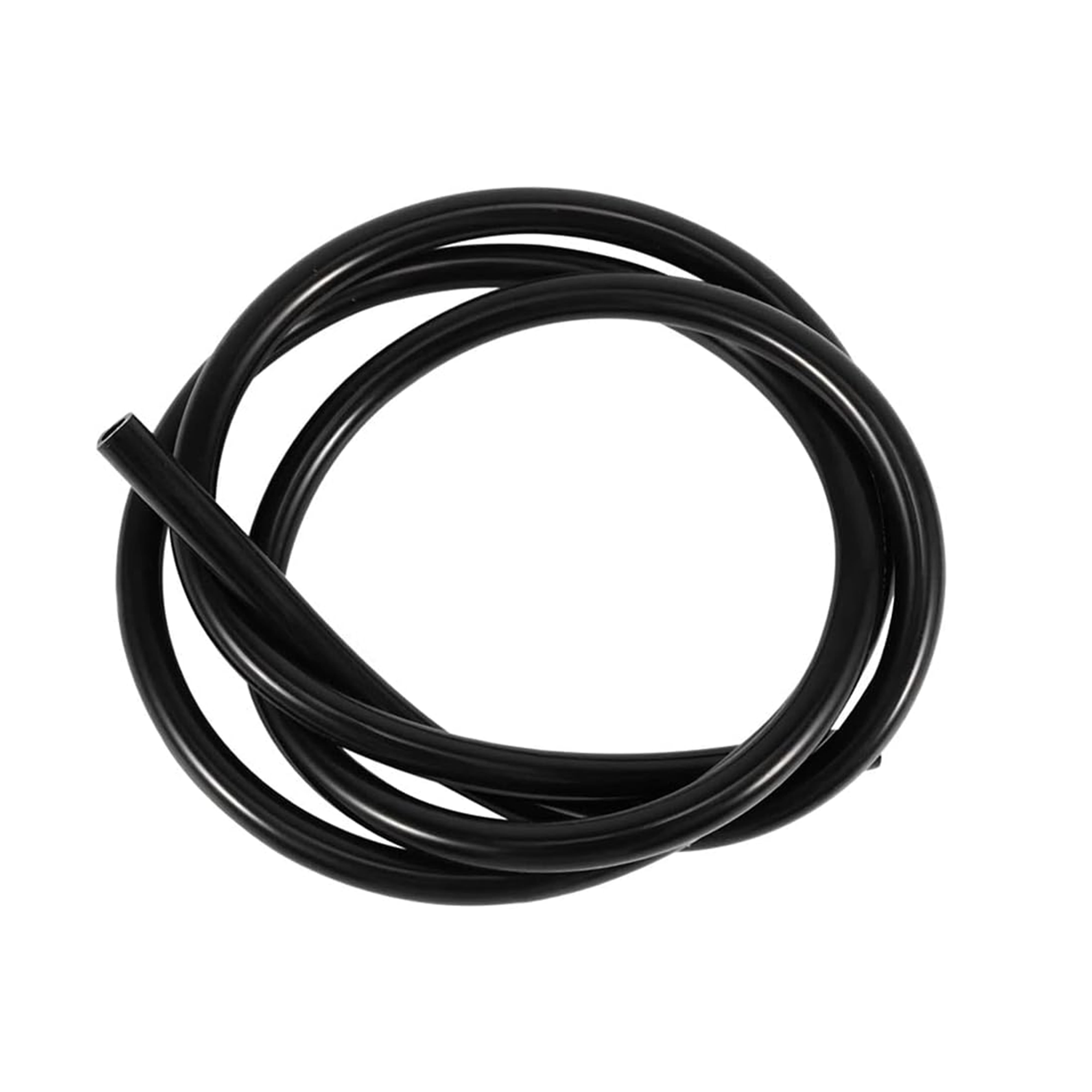Yes, 304 stainless steel corrugated low pressure oil pipe is highly corrosion resistant, making it a preferred choice for fuel, lubrication, and oil transfer systems in demanding environments. The corrosion resistance of this type of pipe comes primarily from the inherent properties of 304 stainless steel, combined with its passive oxide layer and robust construction.
1. Material Composition of 304 Stainless Steel
304 stainless steel is an austenitic chromium-nickel alloy with the following key elements:
Chromium (18–20%): Forms a protective chromium oxide layer on the surface that prevents further oxidation.
Nickel (8–10.5%): Enhances ductility, toughness, and resistance to acids and alkalis.
Low carbon content: Reduces the risk of carbide precipitation during welding.
This composition gives 304 stainless steel superior resistance to a wide range of corrosive agents, including water, oxygen, mild acids, and organic compounds commonly found in oils and fuels.
2. Natural Passivation Layer
One of the most important features of 304 stainless steel is its ability to form a thin, invisible, self-repairing chromium oxide layer on the surface when exposed to oxygen. This passive film:
Acts as a barrier against moisture and corrosive substances,
Automatically reforms if scratched or damaged (in the presence of oxygen),
Prevents rust and pitting corrosion under normal conditions.
This makes 304 stainless steel ideal for long-term use in humid, indoor, or mildly aggressive environments.
3. Performance in Oil and Fuel Applications
In low-pressure oil systems—such as engine lubrication lines, fuel return lines, or hydraulic reservoir connections—the internal environment typically involves:
Diesel, gasoline, or engine oil,
Occasional moisture or condensation,
Temperature fluctuations.
304 stainless steel is chemically stable when exposed to these hydrocarbons and does not react with most oils or fuels. It also resists:
Galvanic corrosion (especially important when connected to other metals),
Chloride-induced stress corrosion cracking (within limits—see limitations below),
Microbial growth in fuel systems (unlike rubber or plastic hoses).
Its smooth inner surface also minimizes residue buildup and facilitates cleaning.
4. Corrosion Resistance in External Environments
The corrugated design of the pipe allows flexibility and vibration absorption, but the stainless steel surface remains fully protected. This is especially beneficial in:
Marine and offshore applications: Resists saltwater spray and high humidity.
Industrial settings: Withstands exposure to cleaning agents, mild chemicals, and temperature changes.
Outdoor installations: Does not degrade under UV light or weathering like plastic or rubber hoses.
Compared to carbon steel or galvanized pipes, 304 stainless steel does not rust or flake, ensuring long-term reliability and cleaner operation.
5. Limitations to Be Aware Of
While 304 stainless steel is highly corrosion resistant, it is not immune to all forms of corrosion:
Chloride Stress Corrosion Cracking (ClSCC): Prolonged exposure to high concentrations of chlorides (e.g., seawater, de-icing salts) at elevated temperatures can cause cracking. For harsh marine environments, 316 stainless steel (with added molybdenum) is often recommended.
Surface Contamination: Iron particles from tools or nearby carbon steel can settle on the surface and cause rust spotting. Proper handling and cleaning are essential.
Extreme pH Environments: Strong acids (like hydrochloric acid) or strong alkalis can damage the passive layer.
6. Maintenance for Long-Term Corrosion Protection
To maintain optimal corrosion resistance:
Clean the pipe periodically with mild soap and water.
Avoid using steel wool or chloride-containing cleaners.
Inspect for signs of surface contamination or damage.
Ensure proper installation to prevent crevice corrosion in tight joints.
7. Advantages Over Alternative Materials
| Corrosion Resistance | Excellent | Poor (degrades over time) | Moderate (can rust) |
| Lifespan | 10–20+ years | 3–7 years | 5–10 years (with rust risk) |
| Temperature Range | -200°C to 800°C (short-term) | -40°C to 120°C | Limited by coating |
| Leak Resistance | High (welded or flared joints) | Lower (clamps may fail) | Moderate |
Conclusion
Yes, 304 stainless steel corrugated low pressure oil pipe is highly corrosion resistant and performs exceptionally well in a wide range of industrial, automotive, marine, and mechanical applications. Its ability to resist rust, chemical attack, and environmental degradation makes it a durable, low-maintenance, and cost-effective solution over time—especially when compared to rubber hoses or coated steel pipes.
While it has some limitations in extreme chloride environments, for most low-pressure oil and fuel systems, 304 stainless steel offers the ideal balance of strength, flexibility, and corrosion resistance. With proper installation and care, it ensures safe, reliable, and long-lasting performance in both indoor and outdoor conditions.

 English
English Español
Español русский
русский